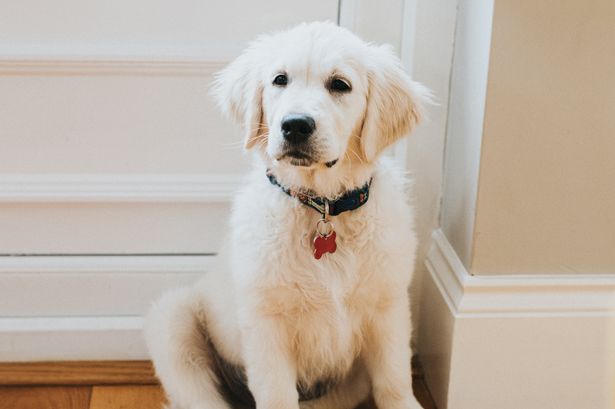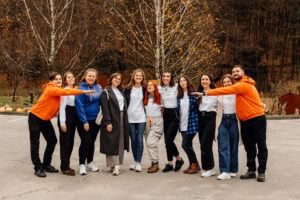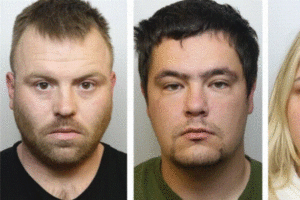
Halloween is a time for fun and excitement, but it can be stressful for dogs when trick-or-treaters come knocking
Amber O’Connor Money and Lifestyle reporter U35s
11:07, 31 Oct 2025
The dog trainer shared advice for pet owners on social media(Image: Getty)
For most children, Halloween is one of the most exciting days of the year. It’s a chance to dress up, go trick-or-treating, and enjoy a few sweet treats. While many people love joining in, dog owners are often understandably worried that the door knocking and loud voices could frighten their pets.
Taking to TikTok as @Pawsacademydogs, Renee Patience, a dog trainer and the founder of Paws Academy, warned owners that Halloween could be a difficult time for pooches. She wrote: “Halloween can be exciting for us, but it can be a little unsettling for our dogs.
“Here are a few simple ways to help them stay calm and confident on the night, plus a free printable to make it easier.” In the video, the trainer went on to share her suggestions for pet owners, which are easy to try.
She explained: “I know everyone loves trick or treating, but for many dogs it’s actually really stressful. So all those knocks, doorbells, and costumes can easily unsettle them.”
However, something as simple as a poster asking trick-or-treaters to avoid your home, or keep the noise down, could be effective. The trainer shared: “That’s exactly why I’ve created a free set of printable Halloween posters for you. You can pop one on your door with messages like, ‘Please keep it calm or no trick or treaters. Thank you’.
Content cannot be displayed without consent
“This is a simple and really polite way to help your dog feel safe while still joining in all of the Halloween fun.” There are other tricks that pet owners can try.
“A few quick things that you can do to actually support them indoors, set up a cosy space away from the front door, keep the lights low, and play some calm background noise or music,” the trainer advised. “You can offer them chew or lick mats to try and help them settle, and these small changes can make a really big difference for them.”
In a different TikTok post, the dog lover shared advice for owners ahead of Bonfire Night, reports the Daily Record. She said: “If your dog shakes or hides every firework night, stop scrolling because I’m going to show you a proven, science-based way to reduce their fear.
“So if your dog is struggling with fireworks, drop your question below in the comments, and I’ll help you figure out what to do before it gets worse. So my name is Renee. I’m the founder of Paws Academy, and your dog’s fear isn’t a choice, it’s a survival response.”
Content cannot be displayed without consent
The dog trainer continued: “You can’t reward fear, but you can rewire it. And the time to start is now. Not when those fireworks are already happening and your dog’s having that fear response. So here’s what works and why it works.
“Number one, desensitisation training. So you’re going to want to play firework sounds quietly while your dog eats or plays. You’re training their brain to associate that sound with safety and not threat. We’re literally reshaping how they process fear.
“Two, safe spaces. You’re going to want to create a dark, quiet area with familiar smells, steady background noise. This is going to lower cortisol, that’s their stress hormone, so that they can physically calm down faster. And number three, you want to stay calm yourself because dogs mirror our emotions. So when you stay grounded, it signals to their nervous system that they’re safe.”
Replying to the video, a commenter said: “My dog isn’t fear!!! He goes to protect!!!” The trainer replied: “That’s really interesting, and it can definitely seem like he’s trying to protect you.
“In reality, it’s often the body’s stress response kicking in. When dogs feel unsure or anxious, their adrenaline rises and they go into what looks like protective mode. It’s a natural reaction to fear, not always a conscious decision to guard. Helping him feel calm and safe around those sounds can ease that instinct over time. I hope this helps.”





